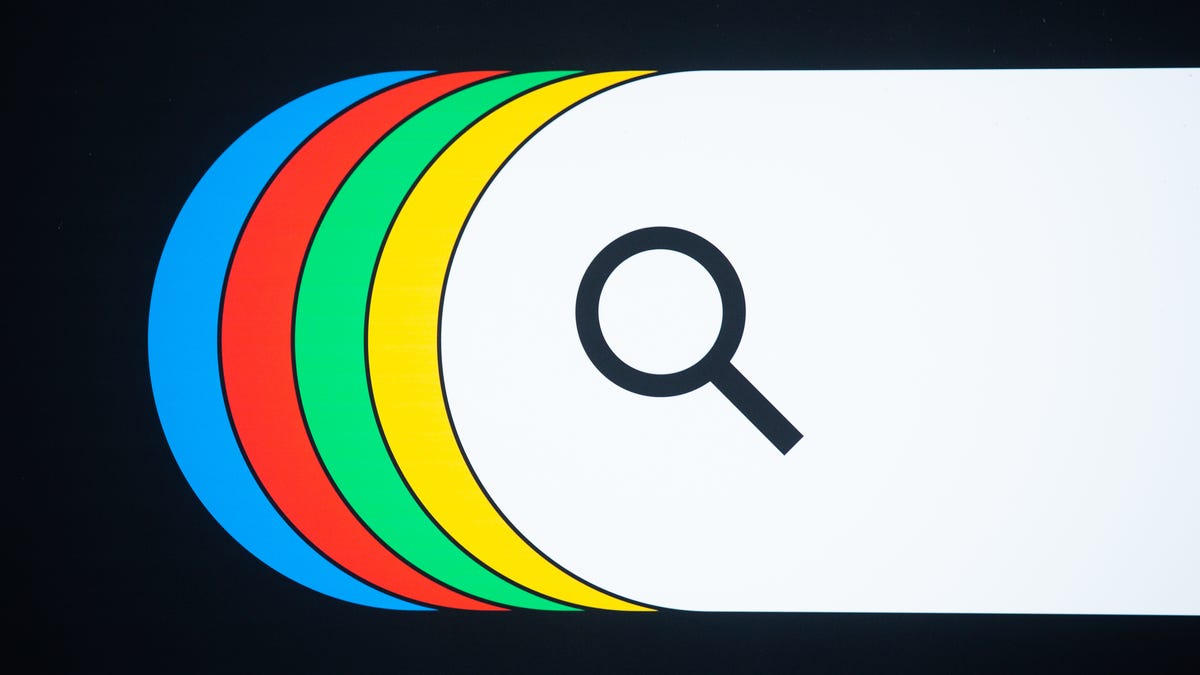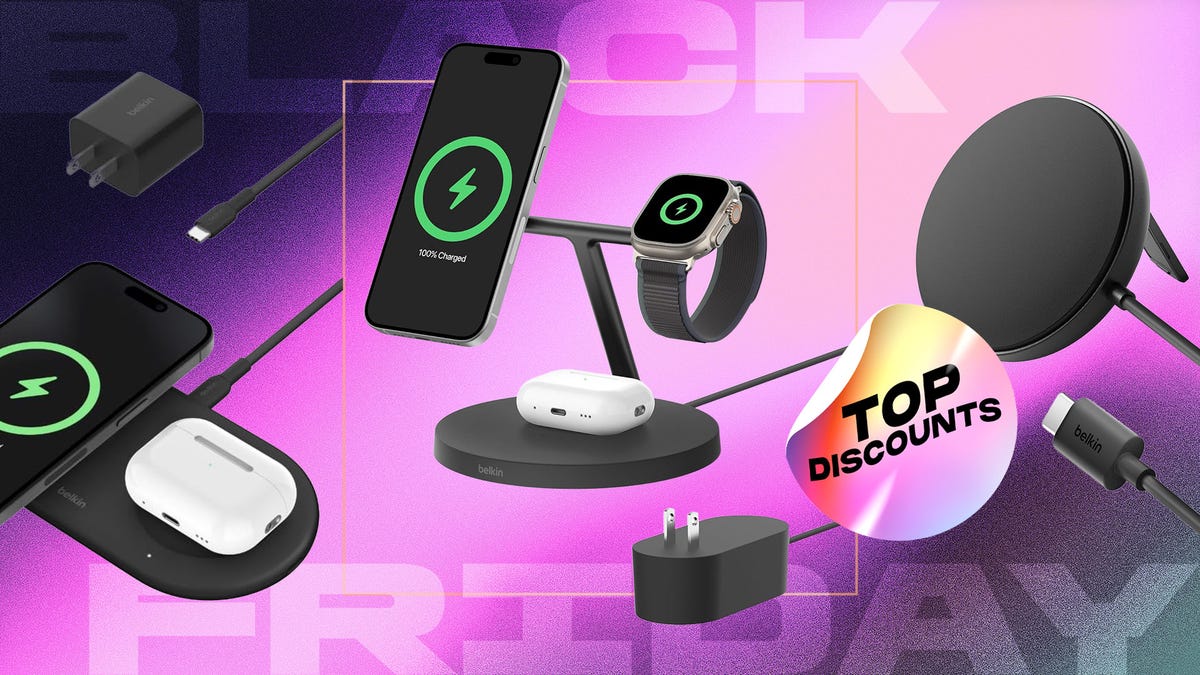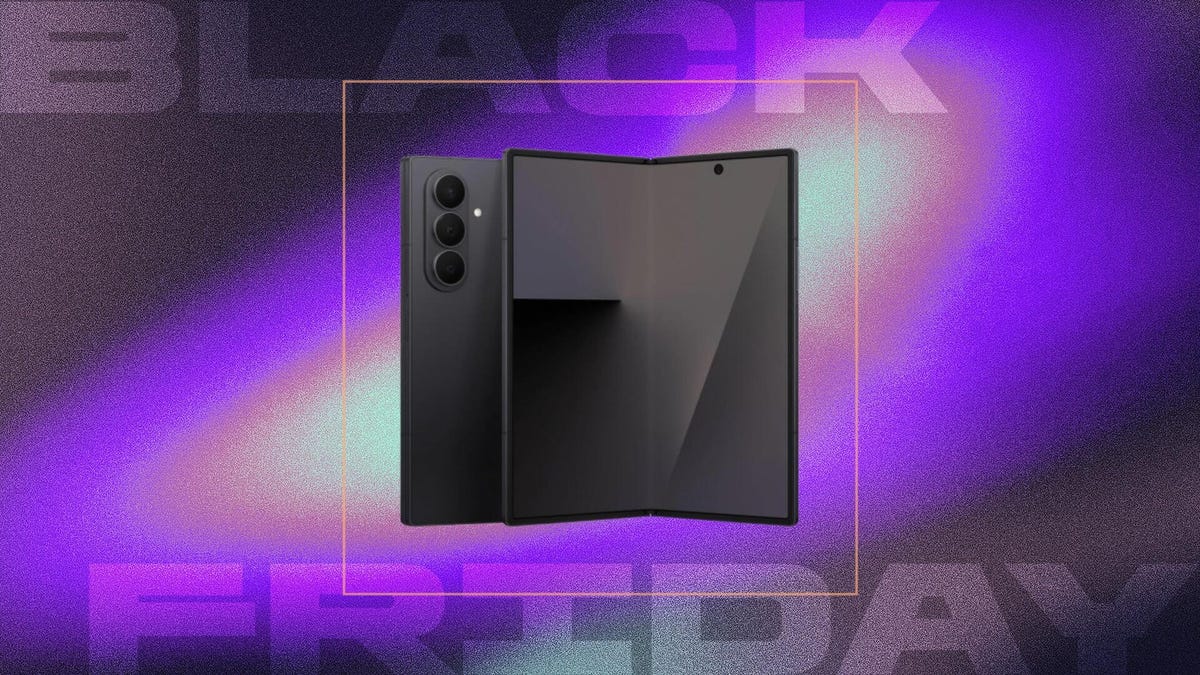Technologies
Google’s AI Search Could Mean Radical Changes for Your Internet Experience
At Google I/O, the company unveiled an experimental version of Search that integrates AI-generated responses. Will it break the balance of the internet?

The future of Google Search is a big green box.
That’s exactly what Google showed off this month at Google I/O, the company’s yearly developer conference. The theme for 2023 was AI, a term mentioned more than 140 times during the two-hour keynote presentation. Google unveiled AI products that will actually be released to the public, an about-face for the apprehensive internet giant in response to growing competition.
Late last year, OpenAI launched ChatGPT to near-universal adulation. Suddenly, everybody had access to a generative AI engine that could seemingly answer any question with a novel response. It’s powered by a large language model, or LLM, that essentially lets it act as «autocomplete on steroids,» using massive amounts of text data to figure out what the next best word should be.
The power and ease of ChatGPT helped it become the fastest growing consumer web platform ever. It prompted Microsoft to up its investment into OpenAI and integrate ChatGPT’s tech directly into Bing search earlier this year, a move that helped the company see a 16% increase in traffic. The day before Microsoft unveiled Bing AI, Google announced its own generative AI engine, Bard, although it flubbed the launch and lost $100 billion in stock market value in the process. The stock has since rebounded to its highest level so far this year.
In many ways, Google I/O was a referendum on the company’s wonky entrance into consumer AI and a clear message to skeptics (and investors) that it’s willing to take radical steps to stay at the forefront of internet search, even if that means upending its core product. Google Search has long been the engine for how we all look for product information, find the latest news and otherwise interact with the internet, and for how many businesses make money.
The new Search Generative Experience, or SGE, is an experimental version of Search that deprioritizes the 10 blue links that have defined Google for the past quarter century. Instead, any query, regardless of how specific, gets answered in a mushrooming green box that expands as it fills the screen with a person’s answer.
«Now search does the heavy lifting for you,» said Cathy Edwards, vice president of engineering at Google, during I/O. She said that in the Search we know today, complex queries have to be broken down into smaller questions where you, the user, have to sift through the information yourself and formulate the answer in your head. SGE can do all of that automatically, even allowing you to ask follow-up questions.
Google Search Generative Experience is an experimental version of Search that integrates AI-generated results, similar to Bing and ChatGPT.
At the same time, it also means not having to visit multiple sites – clicks that webpages rely on, potentially upending the internet’s ad-driven business model.
Google is by far the largest player in online search, with 93% market share, according to Statcounter. Online search engines are also the greatest drivers of traffic for websites, with 68% of online experiences beginning at a search engine, according to a 2019 report by Brightedge Research. Google’s dominance in search at one point helped it see a valuation of $2 trillion.
With SGE, Google is potentially thrusting internet users and businesses into a new future, one that’ll require a rethinking of how quality information can continue to percolate while also incentivizing people into creating valuable content to feed its AI machine.
Because sign-ups just started for SGE, there isn’t any data yet to share regarding user experience. Microsoft, however, has been gathering feedback for Bing AI over the last three months and could provide a lens on how consumers may react with AI-driven Google searches.
«Feedback on the answers generated by the new Bing has been mostly positive, with 71% of those in preview giving the AI-powered answers a thumbs-up, said a Microsoft spokesperson. «We’re seeing a healthy engagement on the chat feature, with multiple questions asked during a session to discover new information.»
It’s unclear how AI-generated news stories will filter into Google’s or Bing’s AI results. Already, publications, including CNET, are experimenting with AI written articles. Unfortunately, AI itself isn’t always accurate and can have «hallucinations,» where it confidently says something is correct when it isn’t.
If the hallucination problem is eventually solved, generative AI in search could be faster and ultimately better for consumers. But it’s still unknown as to how it could affect the digital publishing industry, especially if people forgo clicking links en masse.
«As we experiment with new LLM-powered capabilities in Search, we’ll continue to prioritize approaches that send valuable traffic to a wide range of creators and support a healthy, open web,» a Google spokesperson said. Though it’s true that Google does link to sources prominently in SGE, it’s uncertain if SGE will translate to increased or higher quality traffic for sites.
Microsoft didn’t answer any questions regarding traffic to sources when using AI search. Google said it doesn’t have plans to share about publisher compensation but would «continue to work with the broader ecosystem.»
«I think [generative AI] is going to bring down the amount of traffic going out because that’s the purpose of it,» said Monica Ho, chief marketing officer at SOCi, a digital marketing company. However, she posits that traffic coming in for sites might be higher quality, as people are looking for specific information versus bouncing between sites.
If Google becomes undependable for traffic, there might not be viable alternatives. Social media platforms such as Facebook have proved to be unreliable partners for publications, down-ranking news on a whim, according to Rasmus Kleis Nielsen, director of the Reuters Institute for the Study of Journalism and professor of political communication at the University of Oxford. He added that platforms like Instagram or TikTok «drive comparatively few referrals, and do not really feature links the way search does and social did.»
At the moment, search engines «crawl» websites daily to glean new information and index it into results. Websites allow engines to crawl for free because of the traffic conversion. But if AI-search leads to fewer clicks, the search economy may need an entirely new rethinking.
«I expect that original content will be placed behind paywalls and require LLM models to pay in order to read it.,» said Don White, CEO of Satisfi Labs, a conversational AI company. In a «Spotify-style compensation model,» White sees a future where sites are paid-per-view.
Ultimately, Google will likely need to find a way for revenue to reach creators and publications so that there’s still an incentive to create quality content.
«Quality data has to feed the engine, and Google’s not creating all of their own unique, authentic original content,» said Ho. «It has to come from creators. They know that they’re going to have to feed that engine somehow and make it worthwhile for content to keep coming.»
Editors’ note: CNET is using an AI engine to create some personal finance explainers that are edited and fact-checked by our editors. For more, see this post.
Technologies
I Regularly Buy Belkin Gear at Full Price, but You Can Save Up to 63% for Black Friday
Belkin makes excellent mobile accessories, from cables to wireless charging stands. Snag some of our favorites for less this Black Friday.

You can never have too many charging options, especially when you can stock up during an epic sale. We’re just hours away from Black Friday, and Belkin is offering up to 65% off its mobile accessories at Amazon. Belkin regularly shows up in our best lists, including our roundup of top wireless chargers.
The brand makes excellent gear at reasonable prices, and those prices just got even lower. Whether you’re looking for a charging station for your nightstand or a sleek power bank for travel days, there’s a Belkin Black Friday deal for you.
The Belkin MagSafe three-in-one wireless charging stand landed on our list of best wireless chargers for its impressive fast-charging performance. Our expert, David Carnoy, praised the stand’s convenient design and its ability to fast charge Apple’s entire ecosystem. That means you’ll be able to charge your iPhone, Apple Watch and any AirPods with a wireless charging case — all at once. Carnoy’s only complaint was the price; however, it’s substantially discounted for Black Friday. Belkin’s MagSafe three-in-one wireless charging stand is now just $78 — 35% off the usual $120 price.
If you spend a lot of time in your car, be it a long commute or regular road trips, a good car mount is a must. The Belkin MagSafe car mount is another one of our favorite accessories. The magnets provide a strong, secure hold for your phone, and you can rotate it for easy access. The mount plus charger is currently available for $55, down from $80.
Speaking of road trips, if you’re traveling this holiday season, you definitely need a portable power bank. Belkin has a 10,000 mAh power bank with a built-in USB-C power delivery cable for $15. This 20-watt charger typically retails for $40, so you’re saving 63%. There are four colors, but this price only applies to the black model. Other colors are available for $30.
If you’ve got a Nintendo Switch 2 or you’re gifting it to a loved one, you’ll love Belkin’s Switch 2 travel case. It’s lightweight with a hard shell and has storage pockets for up to 12 game cards. Snag one right now for $22. Just make sure you click the on-page coupon to get the full discount.
Belkin also has huge discounts on headphones and earbuds if those are on your gift list this year.
Why this deal matters
Phone accessories, including chargers and earbuds, can wear quickly and are easy to lose. Third-party retailers like Belkin offer a solid selection of mobile accessories for all budgets. This Black Friday deal makes now an excellent time to shop with up to 63% off top-rated charging stations, car mounts and even headphones.
Join Our Daily Deals Text Group!
Get hand-picked deals from CNET shopping experts straight to your phone.
By signing up, you confirm you are 16+ and agree to receive recurring marketing messages at the phone number provided. Consent is not a condition of purchase. Reply STOP to unsubscribe. Msg & data rates may apply. View our Privacy Policy and Terms of Use.
Technologies
The Black Friday Gaming Deals You Want Are Already Here, Including PlayStation, Xbox and Alienware
Technologies
The Black Samsung Galaxy Z Fold 7 Is at a Record $443 Off at Amazon for Black Friday
A Galaxy Z Fold 7 price war between Amazon and Samsung gives us a record-low deal for one color.

If you’re looking for a foldable iPhone, you’re gonna need to wait until 2026, but if you’re looking for the best foldable phone of 2025, there are great deals on the Galaxy Z Fold 7 right now at both Amazon and Samsung, with the former dropping the black version of Samsung’s foldable phone to a record-low $1,557. All other models are $1,600 at both Amazon and Samsung, a $400 discount.
Samsung’s unique foldable phones had an awkward adolescence, but after getting her hands on the new lineup, CNET reviewer Abrar Al-Heet confirms that the latest Z Fold 7 «just feels right.» For one, it’s incredibly sleek at just 8.9mm thick when closed or 4.2mm thick when open, which is so thin you may even forget that it’s foldable.
Hey, did you know? CNET Deals texts are free, easy and save you money.
Despite weighing just 215 grams, this foldable features some serious hardware. It has a 6.5-inch cover screen and an 8-inch interior display with a fluid 120Hz refresh rate. It’s equipped with a cutting-edge Snapdragon 8 Elite processor and 12GB of RAM to support tons of helpful AI features and functions, and comes with Android 16 and Samsung One UI 8 right out of the box.
The camera system is also pretty impressive, boasting a 200-megapixel rear camera, 12-megapixel ultrawide shooting and a 10-megapixel front camera on both the cover and interior screens. Plus, it’s equipped with a 4,400-mAh battery for all-day use.
MOBILE DEALS OF THE WEEK
-
$749 (save $250)
-
$475 (save $175)
-
$499 (save $300)
-
$900 (save $400)
Why this deal matters
With an unbelievably sleek design and cutting-edge hardware, the impressive Samsung Galaxy Z Fold 7 is our favorite foldable phone on the market. But it also comes with a staggering $2,000 price tag, and if you’re hoping to get your hands on one, this $443 discount is a way to rack up some serious savings and help cushion the blow of its considerable cost. Just be sure to get your order in soon, as we doubt this deal will remain live for long.
Join Our Daily Deals Text Group!
Get hand-picked deals from CNET shopping experts straight to your phone.
By signing up, you confirm you are 16+ and agree to receive recurring marketing messages at the phone number provided. Consent is not a condition of purchase. Reply STOP to unsubscribe. Msg & data rates may apply. View our Privacy Policy and Terms of Use.
-

 Technologies3 года ago
Technologies3 года agoTech Companies Need to Be Held Accountable for Security, Experts Say
-

 Technologies3 года ago
Technologies3 года agoBest Handheld Game Console in 2023
-

 Technologies3 года ago
Technologies3 года agoTighten Up Your VR Game With the Best Head Straps for Quest 2
-

 Technologies4 года ago
Technologies4 года agoBlack Friday 2021: The best deals on TVs, headphones, kitchenware, and more
-

 Technologies4 года ago
Technologies4 года agoVerum, Wickr and Threema: next generation secured messengers
-

 Technologies4 года ago
Technologies4 года agoGoogle to require vaccinations as Silicon Valley rethinks return-to-office policies
-

 Technologies4 года ago
Technologies4 года agoOlivia Harlan Dekker for Verum Messenger
-

 Technologies4 года ago
Technologies4 года agoiPhone 13 event: How to watch Apple’s big announcement tomorrow
